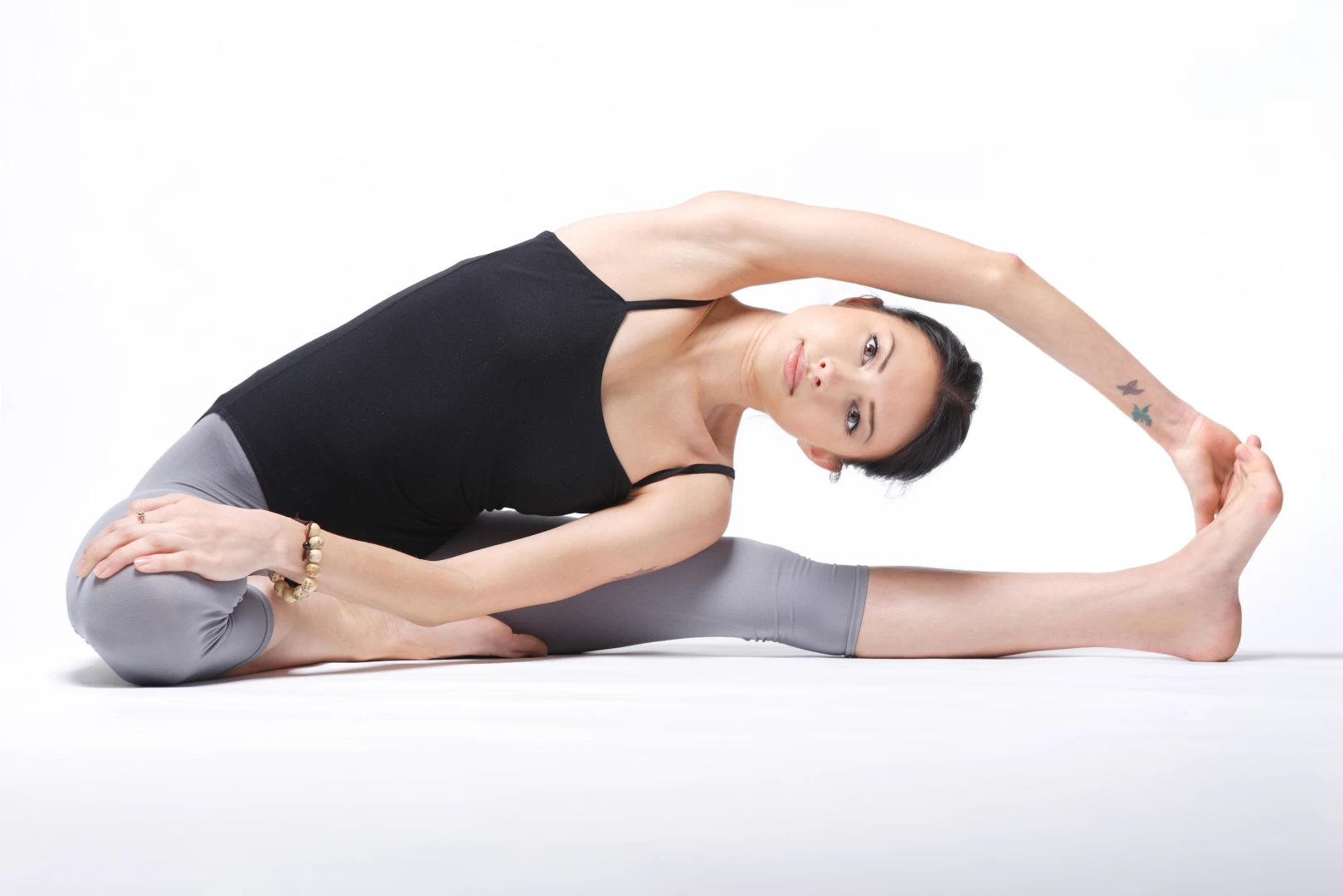When Stretching Hurts: The Science of Connective Tissue

Whether you’re a yogi, runner, body builder, corporate CEO or aging baby boomer, there’s growing evidence that stretching offers numerous benefits for optimal health and performance. Regular stretching increases and maintains a healthy range of motion, it improves posture and eases pain, boosts circulation and calms the nervous system. As we age we lose elasticity in the body. This makes stretching even more important for our health, wellness and quality of life.
It’s no secret that stretching is good for us. But the perils of stretching haven’t been widely talked about until recently. Overstretching can lead to strains, hypermobility and instability that can wreak havoc on the body. As medical research into the connective tissue grows, it is becoming increasingly clear about the role micro injuries in the connective tissue play in the development of chronic pain.
What is connective tissue?

Connective tissue, or fascia, is essentially the fabric of fibrous tissue that holds our structure together. It connects muscles to bones and bones to bones (tendons and ligaments are also fascia). Connective tissue suspends organs in their proper places, cushions vertebrae, and wraps the brain and spinal cord. In fact, fascia is everywhere, encasing the internal body like a honeycomb. It’s all connected.
In the past, anatomists studied the body in parts. Now, science is beginning to look at and understand the multi-dimensional properties and role of connective tissue as an entire system rather than individual parts.
For example, we now know that muscles don’t truly begin and end at their individual origin and insertion points. Rather, the layers of connective tissue surrounding and penetrating the muscle fibers blend into the next. This creates a giant web of fascia. Therefore, what happens in one area of the body affects another, seemingly separate, part of the body.
When we injure the body in a certain area, it tends to compensate by using other muscles and tendons in an unnatural way. As a result, seemingly unrelated problems begin to surface in other areas of the body due to these unaddressed compensatory patterns. Compensation can lead to, for example, pain in the right shoulder which is related to an old hamstring injury that the person has long recovered from. This is known as the domino effect.
What does all of this have to do with stretching?
Fascia comprises up to 30 percent of a muscle’s total mass. When we stretch, we also elongate the associated connective tissue. With too much stretching, fascia tissues, loaded with collagen and elastin molecules, can become overstretched. As a result, they become inflamed, losing their ability to recoil and eventually degenerate.
One thing to be careful of when stretching is hyperextension—extension beyond the normal healthy limits of a joint. When you hyperextend your knee, for example, the ligaments that serve to stabilize the knee joint become overstretched. Once elongated, ligaments, a form of fascia that lack elasticity, never return to their proper state. Over time, the knee joint becomes weak and unstable, often leading to pain and even injury. The same is true for all of the joints in the body.
Along with creating instability, the muscle itself becomes vulnerable. This is because the tissue, which contains nerves and blood vessels that help supply the muscle with nutrients, is chronically overstretched. Over time muscles, along with tendons and ligaments, can develop painful micro-tears.
What to do?
For starters, don’t stretch passively. Actively engage the muscles you’re seeking to stretch. Muscle engagement creates integration and prevents hyperextension, helping to keep muscle fibers, tendons and ligaments safely intact and the joints stable. Stretching with muscle integration is not only an issue of safety, but also efficiency. While it may seem counterintuitive, stretching with engagement will actually allow you to move more deeply into a pose.
Experience it for yourself. Next time you stretch, notice the difference you feel when, for example, the leg is active, toes spread and foot flexed as opposed to when all the muscles are relaxed. And for those of us who are already experiencing discomfort from overstretching, it’s time to hit the weights. Strength training is essential to recover, tone and restore the necessary muscles and create more stability in the body.
Also, read...
Are You Making This Common Stretching Mistake in Yoga?
Dr. Ray Long: How to Enhance Your Breathing Capacity During Yoga
Yoga Anatomy: The Adductor Muscles in Downward Facing Dog Pose
Related courses
Breath as Medicine: Yogic Breathing for Vital Aging
Yoga and Myofascial Release: Releasing Chronic Tension with the Bodymind Ballwork Method
Yoga and Detoxification: Tips for Stimulating Lymphatic Health

Meagan McCrary is an experienced yoga teacher (E-RYT 500) and writer with a passion for helping people find more comfort, clarity, compassion, and joy on the mat and in their lives. She is the author of Pick Your Yoga Practice: Exploring and Understanding Different Styles of Yoga, a comprehensive encyclopedia of prominent yoga styles, including each system’s teaching methodology, elements of practice, philosophical and spiritual underpinnings, class structure, physical exertion and personal attention. Currently living in Los Angeles, Meagan teaches at the various Equinox Sports Clubs, works privately with clients and leads retreats internationally. You can find her blog, teaching schedule, and latest offerings at www.meaganmccrary.com



